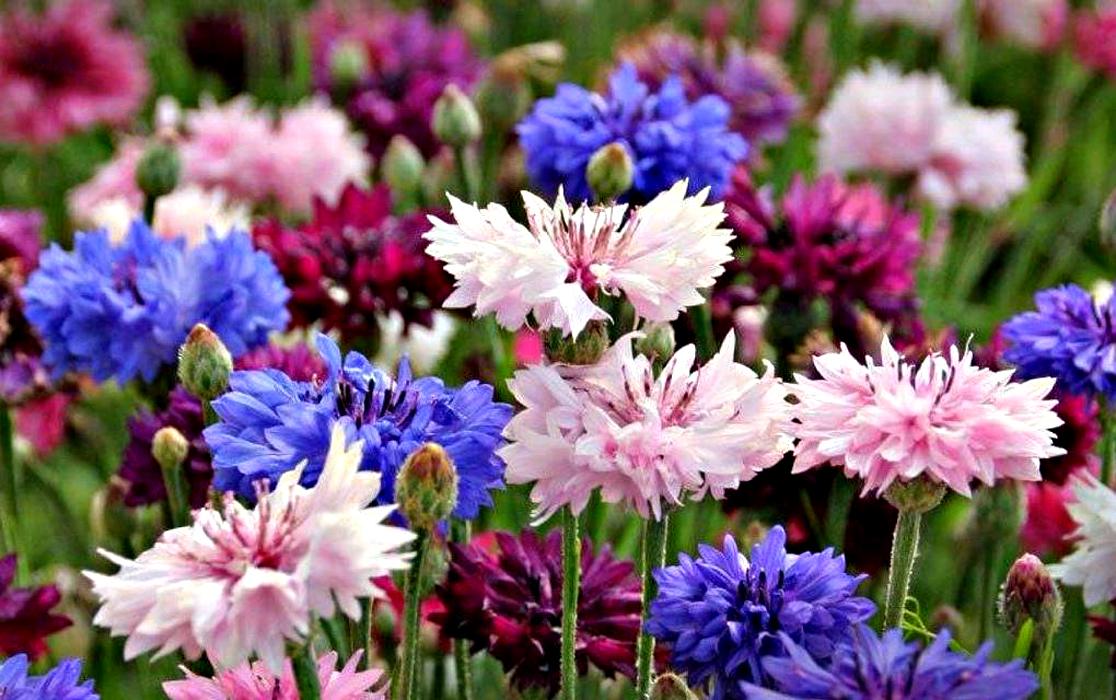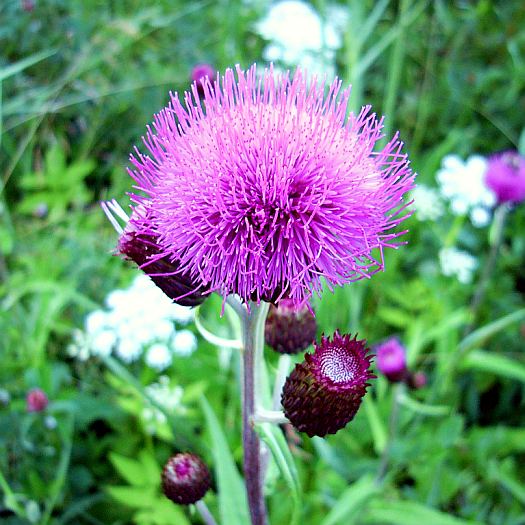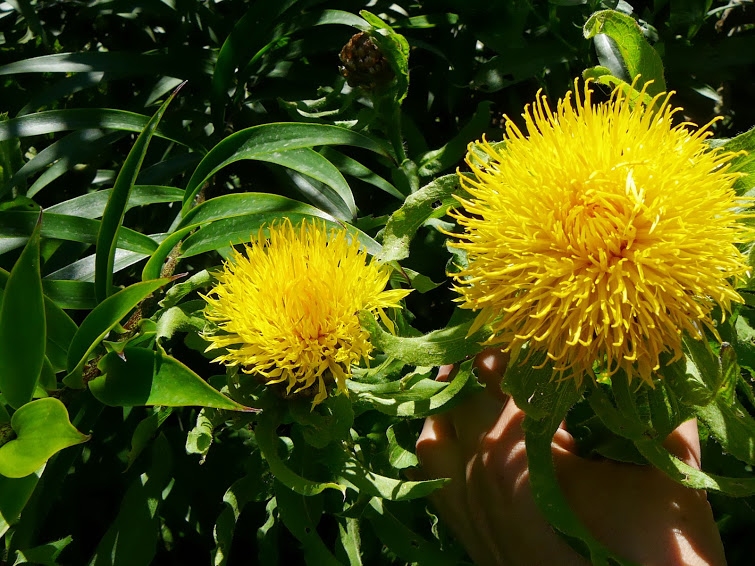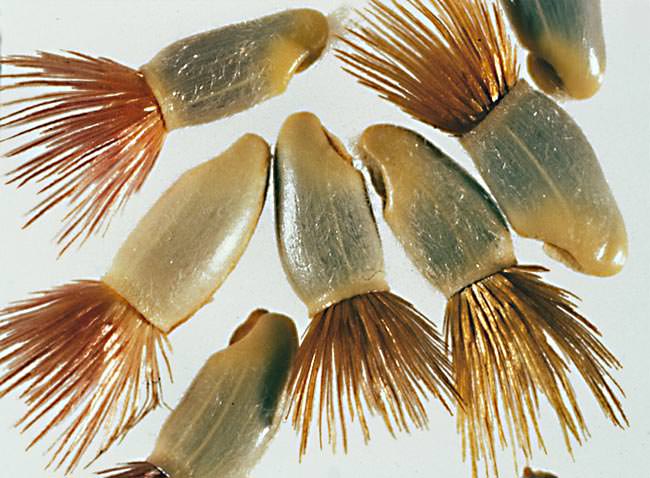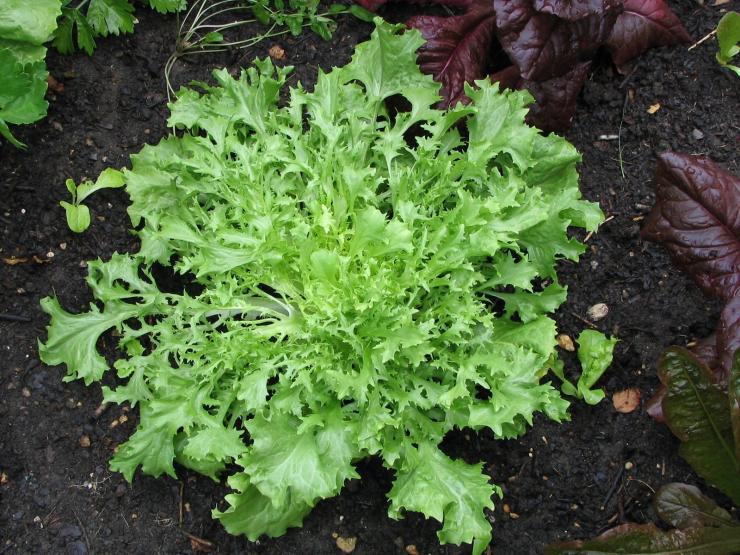Content:
Cornflowers are often used in garden design as unpretentious annuals. Today, these flowers come in many shapes and colors. All double and semi-double varieties are bred on the basis of the common cornflower, which was familiar to the ancestors. This is an ideal background plant for mixborders as cornflowers look great in mixed plantings.
Description of cornflower
Cornflower (centaurea) belongs to the Astrov family. The flower is common in South and North America, Eurasia, Africa. The maximum height of this herb is 120 cm. Cornflowers have erect or recumbent stems and spherical baskets of inflorescences. The shape of the petals is tubular or tubular-funnel-shaped. Flowers can have a wide variety of colors.
The structure of the root system depends on the variety of cornflower. The roots can be powerful tap-type and shortened fibrous. Today there are more than 500 varieties of cornflower, differing from each other in size, leaf arrangement, color of petals, structure of rhizomes. Once this flower was exceptionally wild and was most often found in the fields.
Centaurea began to be planted in gardens back in the 16th century. The flower received its scientific name Centaurea cyanus thanks to K. Linnaeus in the 18th century. Once in Europe, the cornflower won the greatest love among the inhabitants of Germany, and then spread to other European countries.
Characteristics of flower varieties
About 180 species of this plant are cultivated in Russia today. There are those that have medicinal properties that are beneficial. The rest of the varieties are used for decorative purposes for decorating parks, gardens, summer cottages. The following types of cornflowers are best known:
- Blue cornflower (boby). Annual or biennial plant 25-60 cm high. It has branching erect shoots. The leaves are gray-green and slightly pubescent. Baskets can be blue, red, white, purple, double yellow or plain.
- Pseudo-Phrygian cornflower. Herbaceous perennial 15-80 cm high with slight pubescence. The flowers are pink with a purple tint, there are white albino varieties. Outwardly, the Phrygian cornflower is similar to him.
- Wild cornflower, it is common cornflower, blue or meadow. A medicinal plant used in the treatment of diseases of the kidneys, skin, organs of vision. For a long time, the wild species was considered a weed and was exterminated.
- Musk cornflower. Annual, growing up to 60 cm, with blue, white, red, yellow or purple baskets.
- Cornflower is white. Perennial no more than 30 cm high. Branched stems. The flowers are bright white, collected in small baskets. Endangered species listed in the Red Book.
- Eastern cornflower. Perennial height 40-90 cm. Leaves are located on long petioles. Baskets with a diameter of 3 cm consist of yellow flowers.
- Siberian cornflower. It looks like a boby, but looks more decorative. Plant height from 10 to 50 cm. Cornflower baskets are large, pinkish or lilac in color. Blooms in June-July. The species has not yet been entered into the culture description.
- Cornflower horned (field larkspur). Used in folk medicine. It grows everywhere like a weed. Heals the organs of the digestive tract and genitourinary system, relieves skin diseases.
- Coal cornflower. Herbaceous perennial with shortened shoots. One stem can have 1-3 baskets.The flowers are pink in color. Rare view.
- Scabious cornflower (scabious). A tall perennial, growing up to 80-100 cm in height with a weakly branching stem. The plant blooms from June to September with pinkish inflorescences of different shades.
- Large-headed cornflower (large-headed). Differs in large yellow inflorescences in the form of a ball about 5 cm in diameter. It blooms in June and continues to bloom until frost.
The crop can be grown as an annual or biennial. Beautiful cornflowers often create a background for openwork compositions in rustic flower beds. To make the flower bed look harmonious, you can plant poppies, chamomiles, calendula nearby. Grain crops planted nearby (maned barley, hairy millet and others) look natural.
Features of planting and crop care
What location should these flowers be placed in when planting? The culture loves good light, so a flat, open place should be selected for planting plants. In a flower bed, flowers should be placed at some distance from each other so that they do not create shading. Depending on the variety, the plants are planted at intervals of 15-50 cm.
Centaurea prefers light loams, but the acidity of the soil in the fall should be reduced by adding lime or dolomite flour. You can also make the soil looser by adding a mixture of sand and sawdust. The soil must be drained so that moisture does not stagnate in it.
With a high pruning method, the stems are cut directly below the inflorescences. Using the low pruning option, leave the aerial part of the plant 10 cm high.
For annual varieties, seed propagation is used. They can be sown directly into open ground, or grown through seedlings to get early flowering.
Perennial plants are able to reproduce by dividing the bush and cuttings. The first way is simpler. The procedure should begin at the end of summer, after the cornflowers have faded:
- The bush is carefully dug out of the ground, the soil is shaken off the roots and the side part is cut off along with part of the root system, making sure that at least 3 buds remain on the shoots.
- After that, the mother bush is returned to its original place, and the cut off part is planted in the planned area.
- After planting, the bottom pruning is carried out and the plant is watered every other day for a month so that it takes root well.
If the gardener did everything right, the bush will bloom next summer. This method allows you to get strong, abundantly flowering specimens for the next season.
Growing cornflower seeds from seeds
The timing of sowing centaurea seeds in open ground depends on weather conditions. In the middle lane, it is customary to sow these flowers in the first decade of May, when warm weather sets in. If the spring is early and friendly, the soil can warm up well already in April, in this case, the sowing can be transferred to an earlier time. Seedlings in the flowerbed will appear in a week.
In order for cornflowers to bloom 2 weeks earlier, you can sow seeds for seedlings at home. This must be done at the end of March if the planting on the flowerbed is planned at the end of April. In colder regions, sowing dates are shifted forward by 1-2 weeks. It is convenient to use peat pots for this, since in this case the plants will not be injured during transplantation.
3-4 seeds should be placed in one glass. Crops are covered with foil and placed in a warm room for germination. In such conditions, an ideal microclimate is created for pecking seeds. After the appearance of the first two true leaves, the strongest plant is left, and the rest are pulled out. During the time the seedlings are at home, they are fed once with a complex mineral fertilizer.
At the time of planting in open ground, the height of the bushes should be 8-10 cm. The peat cup is not removed, but incised in several places, and in this form the seedlings are transferred to the flower bed. Gradually, the peat will begin to decompose in the ground, giving the plants additional fertilization.
Cornflower is a very responsive and unpretentious culture, capable of blooming all summer season, capturing autumn. Flowers only need planting in a sunny place and timely watering. In gratitude, the plants will greet their owner with bright openwork heads and give him a good mood.
